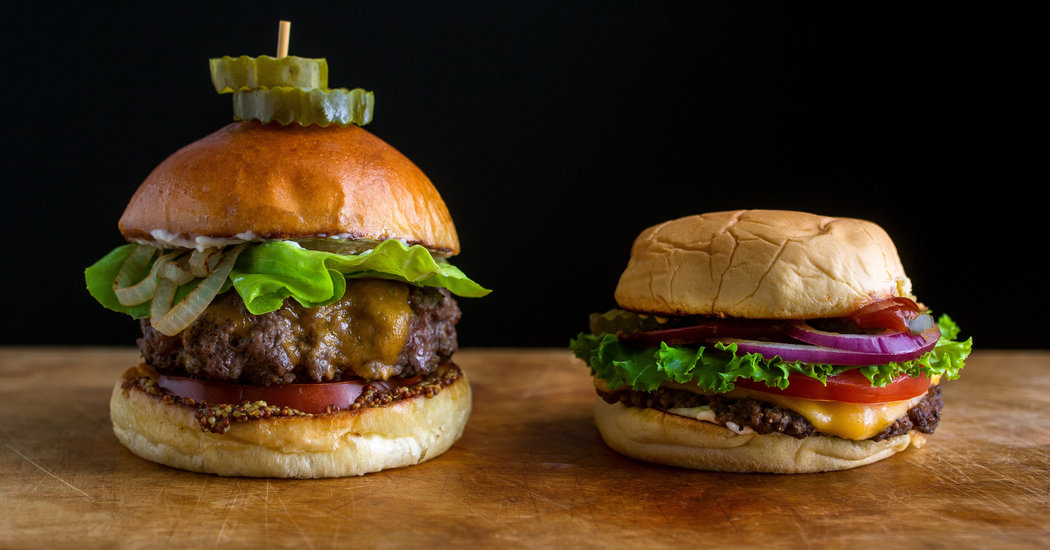
When it comes to cooking oils, there are a number of factors to consider before selecting which is best for your specific needs. The undesirable effects of overheating oils include smoke, toxic gases, and bad flavours. Some oils have a neutral taste and can be used to saute, roast, or fry. Others can make unhealthy chemical compounds when heated. The following table will help you choose the right oil for your particular cooking needs.
Nut and seed oils
Although most mainstream nutrition experts consider seed oils healthy, many health professionals believe that they cause inflammation. Chronic diseases such as obesity and heart disease are caused by them. For instance, Joe Rogan recently interviewed Paul Saladino, a nutrition researcher at the University of California, Berkeley, for three hours, and Cate Shanahan referred to the most common seed oils in the market today as the "hateful eight."
Safflower oil
This guide will show you how to cook Safflower oils. Safflower oil has high smoke point, which makes it a great choice to cook over high heat. Safflower oils have a smoke temperature of around 450 degrees. This is in contrast to other oils that have smoke points below 250 degrees. Safflower oil is great for baking, sauteing, or frying.
Peanut oil
You may be wondering whether peanut oil is a good cooking oil to use in your kitchen. This versatile oil has a high smoke point and is relatively neutral in flavor. Peanut oil should not be used as a substitute for vegetable oils. Before you start cooking with peanut oil, there are some important things you need to consider. This article will discuss the many benefits of peanut oil in cooking. This oil isn’t harmful to your body and will allow you to make educated choices about what oil you use in your home.

Sesame oil
Sesame oil offers many benefits. A great place to start with is its nutritional content. Sesame oil contains high levels of vitamin E and omega-3 fatty acid. This versatile oil will help increase your body's production of vitamins and minerals. It can also help lower your chances of developing cancer. Deep-frying sesame oils can have unfavorable effects.
411
Olive oil may be something that you have heard about. It's rich in monounsaturated oil, antioxidants, vitamins, and minerals. It can withstand extreme heat. Olive oil can be used in baking but it is best to use at the end of cooking when delicate flavors are desired. Coconut, chocolate, and citrus flavors are great pairings for olive oil. Vegetable oils are the most common cooking oil used in commercial kitchens. They also have a higher amount of saturated fat.
Canola oil
Canola is one of today's most commonly used cooking oils. It is extremely stable and can be bought at a very low price. An average grocery store will sell a small container for $20. Canola oil has many advantages and disadvantages, just like any other oil. Here's how to choose the best canola oil that suits your cooking needs. It's the secret weapon of professional chefs.
Olive oil
To get the best quality olive oil for your cooking, it is essential to select the best. Olive oil can be stored at 420 degrees Fahrenheit for up to two years, but it can become unstable if exposed to light. Its aroma is similar in character to a rancid crayon. Olive oil should be stored in dark bottles, away from heat and oxygen. To preserve its quality, it is important to seal the container tightly.

FAQ
Is there any difference between a chef or a cook.
A chef prepares food to be served to others. A cook prepares meals for others. Although both jobs require you to prepare food, a chef is more involved in serving customers. This means that they can have to decide what food to serve customers based their preferences. A cook does not interact with customers. Instead, they ensure that the food tastes delicious before they serve it to others.
Which is the best way for you to learn how to cook?
Cooking can be something everyone should master. If you don't know how to cook, you miss out on some great food experiences. You must start by finding a recipe you enjoy and following it closely when you learn to cook. Next, practice making small changes until you are comfortable cooking the dish. Finally, try cooking for others. This will help you improve at cooking and also allow you to test your skills.
How much does it cost to study Culinary Arts?
There are many factors that influence the cost of learning culinary arts. A four year degree is typically around $40,000. A two-year associate's level degree can cost less than $5,000. Tuition costs vary depending on which program you choose. Public institutions are more expensive than private institutions.
How do I learn to cook like a professional?
Cooking can be a great way for you to grow as a person. Learning to cook healthy food for yourself and others is a great way to increase self-confidence and develop new skills. Begin cooking at your own home if you are looking to improve your culinary skills. It is important to discover what type of recipes you enjoy. You can then read books about other cuisines like Mexican, Chinese and Italian. Finally, practice making different dishes until you feel comfortable doing them.
Statistics
- According to the BLS, chefs earn $58,740 a year. (learnhowtobecome.org)
- On average, chefs earn $58,740 a year, according to the BLS. - learnhowtobecome.org
- The median pay for a chef or head cook is $53,380 per year or $25.66/hour, according to the U.S. Bureau of Labor Statistics (BLS). (learnhowtobecome.org)
External Links
How To
How to make the perfect omelet
Omelets have always been a favourite food to eat for breakfast. How can you make them perfectly? There are many recipes and methods I tried, but none worked. So today, I want to share some tips and tricks with you so you can make your own delicious and fluffy omelets every morning.
We should first know that eggs are very temperamental ingredients when making omelets. It is important that eggs are fresh from an organic market and kept cool until used. If you don't keep them cold enough, the whites won't form properly, and the yolks will break down too much and become runny. This will make your omelets appear strangely colored. If you plan to cook the eggs right away, it is best to use room temperature eggs.
Another tip is to separate your egg before adding it into the pan. You don't want any white to get mixed up with the yolk because this could cause the omelet to curdle.
The egg can burn if it is placed directly on the stovetop. Instead, heat the egg in a microwave for 10 seconds and then place it in a pan. The microwave heat is sufficient to cook the egg without overcooking.
Next, let us talk about how to mix the eggs. You want to mix the eggs thoroughly before you add them. You need to turn the bowl of the mixer upside down. Then, vigorously shake the bowl. By doing this, the egg is thoroughly mixed with the air in the bowl.
Now comes the fun part: adding the milk to your mixture. First, pour half of the milk into the beaten eggs and then fold the eggs gently into the remaining milk. Don't worry if there are still streaks of egg visible; these streaks will disappear once you flip the omelet.
After folding the eggs fold the pan onto medium heat. When the oil starts to hot, wait for the pan to cook. Add 1/4 cup butter to the oil and swirl it around to coat all sides of the pan. Carefully open the pan's lid and add salt to the pan. Salt will prevent the omelet sticking to the pan.
Once the omelet forms, cover the pan again. Let the top side set completely. Flip the omelet by using a spatula. Cook the other side for another minute or two. Take out the omelet and place it in a bowl.
This recipe is best made with whole milk. However, it can also be used with skimmed milk.